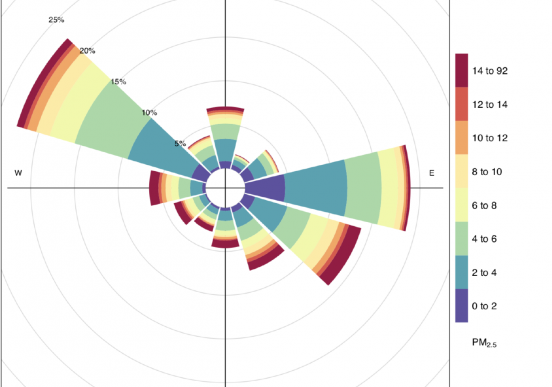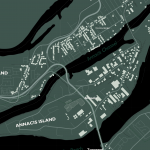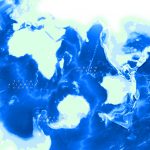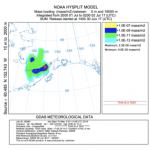Overview:
PM2.5 refers to tiny particles or droplets suspended in air that are two-and-half microns or less in width. PM2.5 not only attenuates atmospheric visibility, but also has major health impacts. Particulate matter originates from a variety of different sources, both natural and anthropogenic. Natural sources include dust storms, pollen, forest fires, sea spray and spores. Sources like fossil fuel combustion, industry, heavy machinery and biomass combustion are key anthropogenic sources of PM2.5. The government of British Columbia classifies particulate matter into two different categories:
- Primary:
- Emitted directly into the atmosphere by wood and fossil fuel burning;
- Includes pollen, spores and road dust
- Secondary:
- Formed in the atmosphere through chemical reactions involving Sulphur dioxide (SO2), nitrogen dioxide (NO2), volatile organic compounds (VOCs) and ammonia (NH3)
This paper looks at Ucluelet Inlet which lies on the west coast of Vancouver Island, along the western edge of Barkley Sound. This paper looks at the effects of PM2.5 and outlines the pollutant’s sources and sinks. Summary graphs and statistics are used to demonstrate its diurnal and seasonal variability in conjunction with the use of exceedances of standards and briefly discusses the influence of meteorology and emissions on observed patters of concentration.
Objectives:
- Gain familiarity with pollutants, standards and units
- Examine diurnal and seasonal variations in pollutants
- Relate to meteorology and emissions
Summary:
Read the Full Paper: Assignment 1: Local Air Quality




